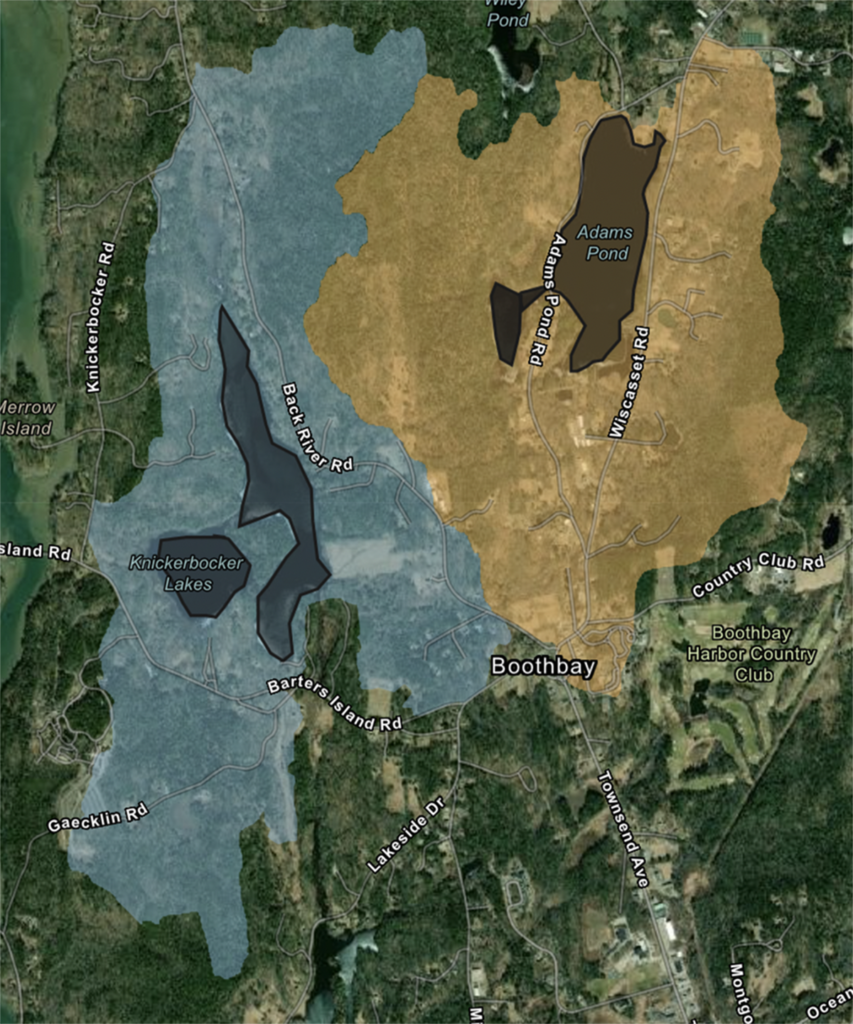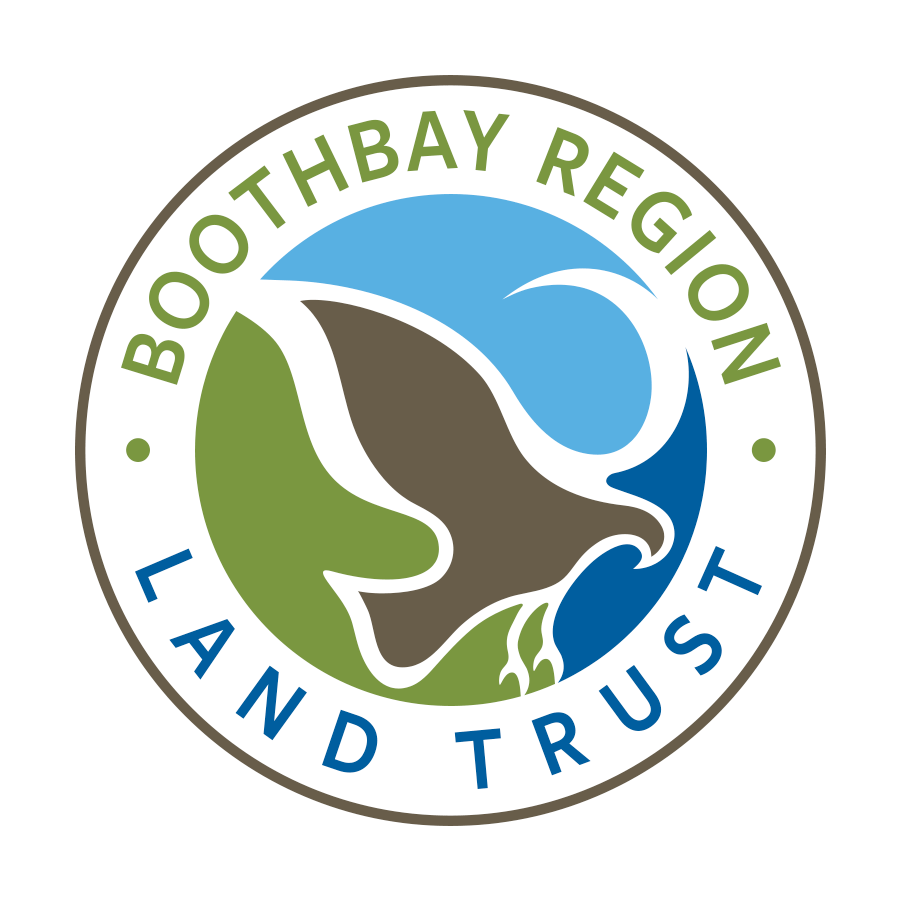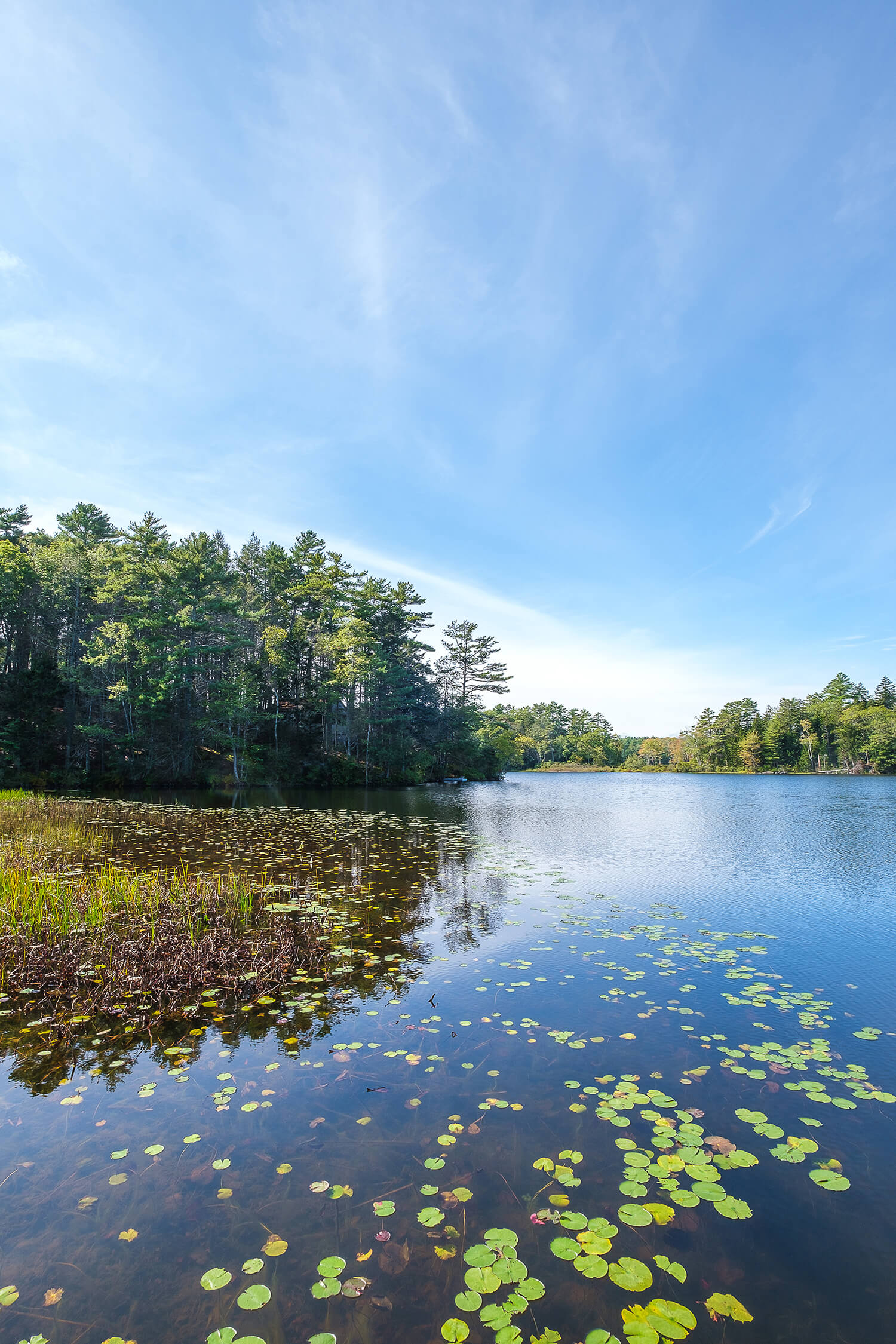Clean water is perhaps our most precious natural resource. It is fundamental to the vitality of our region, for everything from community health, to economic development, recreation, and overall sustainability. Adams Pond and Knickerbocker Lake serve as the sole sources of public drinking water in our region, serving the towns of Boothbay, Boothbay Harbor and Southport. As such, the long-term protection of these water supplies and the watersheds that they are dependent upon is essential. This is why, when the Boothbay Region Water District (BRWD) approached Boothbay Region Land Trust (BRLT) to discuss working together to protect the land in the watershed, BRLT committed to joining the effort.
Over the past year, BRLT has worked with the water district to engage a broad base of community leaders in watershed protection. What has emerged is a collaboration called the Boothbay Region Clean Drinking Water Initiative. Participants include Boothbay Region Water District, Boothbay Region Land Trust, Bigelow Laboratory for Ocean Sciences, Boothbay Region YMCA, Coastal Maine Botanical Gardens, the towns of Boothbay, Boothbay Harbor and Southport, as well as the Knickerbocker Lake Association. The goal is to forever safeguard the region’s sources of public drinking water.
The health of Adams Pond and Knickerbocker Lake are inseparably linked to their watersheds. A watershed is simply all the land that drains, both surface and groundwater, to a particular waterbody. This surrounding land plays the major role in ensuring that the region’s water supply remains healthy and clean. Precipitation ideally filters through natural vegetation before entering the water supply. BRWD Natural Resources Manager Sue Mello explains, “When it comes to water quality protection, the best thing for any water body is to have natural native vegetation around it because it acts as a filter. Forests capture stormwater, filtering out contaminants and recharging the aquifer.”

The above map depicts Adams Pond watershed (yellow) and Knickerbocker Lake watershed (blue). A 2018 report prepared by Forest Bell Environmental for the water district projected a need to maintain 75% of the land in the watersheds as undeveloped in order to safeguard the quality of the public water supply. Currently only about 30% of Adams Pond and 10% of Knickerbocker Lake watersheds are permanently protected from development.
Currently both Adams Pond and Knickerbocker Lake meet state water quality standards, but the water quality is classified as below average by Maine Department of Environmental Protection. Furthermore, the threat of development in the watersheds is high, and both lakes are listed among Maine’s most at risk from new development. Changes in precipitation patterns due to climate change, such as extreme rain events and prolonged droughts, will exert additional stress on these water bodies. Combined, the risk to our limited and already stressed public water supplies is high. Therefore, it is essential the community take steps to protect this most vital resource.
At this time much of the land in both watersheds remains undeveloped, yet only a fraction of it is conserved–well below what is needed to adequately protect the public water supply. We have all observed the increasing development pressures throughout the region. This past summer, Lincoln County saw some of the highest increases in the cost of housing in the state. Without careful planning for new development, and necessary protections in places around the vulnerable watershed, risk to the water quality has the potential to greatly impact our entire region.
Thankfully the team that has come together to support the Clean Drinking Water Initiative represents some of the region’s most respected nonprofits. While their missions vary, they all share a commitment to fostering positive impacts in our local community, which is at the heart of this initiative. The goal of protecting the clean drinking water supply is one that benefits every person, business, and organization in our region.
The land trust and the water district have each secured grants to kickstart the initiative including a grant from Maine Land Trust Network. In addition, both organizations have committed operational funds to support the continued work of the initiative. These grants and funds enabled the hiring of a consultant who worked with members to define the initiative’s mission and purpose, as well as the hiring of a part-time administrator who will support the needs of the initiative and will help keep the project moving forward.
We look forward to sharing further updates soon as the real work of this collaborative moves forward.
Cover Photo Knickerbocker Lake by Robert Kofman





